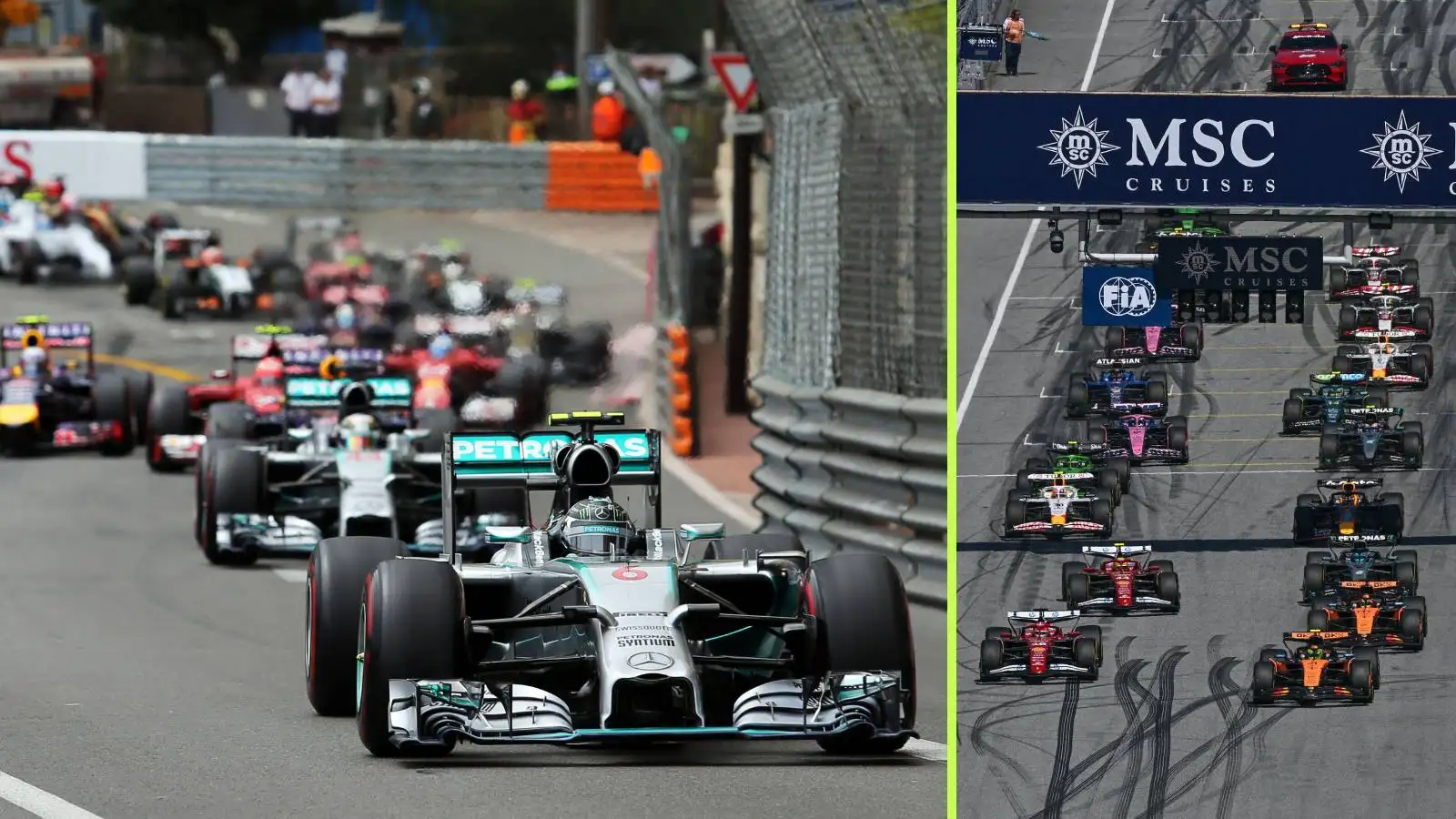The FIA has amended the regulations for F1 2026 in order to open up development opportunities for power unit manufacturers who may be struggling.
Following a meeting of the World Motor Sport Council on Thursday, further tweaking of the F1 2026 regulations will see the introduction of a concept known as ‘ADUO’.
What is the ‘ADUO concept’?
Minor changes to the 2026 Technical Regulations have been confirmed by the FIA following the third World Motor Sport Council meeting of the year, which was held via video conference call from the FIA’s new offices in Knightsbridge in London.
Some of these relate to the survival cell, suspension, and aerodynamic components, as well as to the power unit financial regulations, and the operational regulations; these alterations will become clear when the regulations are updated in writing by the FIA.
What has been outlined is the introduction of an Additional Development and Upgrade Opportunities (ADUO) concept, which will be written into the regulations to provide greater development opportunities for power unit manufacturers.
F1 is introducing a very different engine formula next season. While retaining the current 1.6-litre V6 architecture, the MGU-H has been removed, while the electrical output ratio has been increased to bring a more equal split between internal combustion and the hybrid ancillaries.
Ferrari, Mercedes, Red Bull Powertrains, Honda, and Audi will be the five power unit manufacturers on the grid next season, and should any of them fail to hit the ground running in a competitive manner, the FIA has introduced in-season waypoints to allow for evaluation of how the manufacturers are performing in the early stages of the new formula.
This potential engine volatility is in stark contrast to the last half-decade, with F1 having introduced an engine freeze at the end of 2021 that put an end to research and development on performance-related engineering.
How will the new ‘ADUO concept’ work?
If any PU manufacturers find themselves lagging behind the others in terms of performance, the FIA will spot these deficiencies by way of ongoing performance measurement.
Following the Race 6 mark (25 percent), Race 12 (50 percent), and Race 18 (75 percent) of the F1 2026 championship, additional development and upgrade opportunities will be allocated to struggling manufacturers to help address the deficiencies.
These will include additional possibilities regarding a change of homologation of the power unit, a relief to the cost cap applicable to the power unit manufacturer, and/or additional development hours on the PU test benches.
Separately, measures will also be made available to provide a cost cap relief to a power unit manufacturer facing serious reliability issues, which, in the early days of a power unit cost cap, could be very damaging as these manufacturers attempt to rectify their issues.
These measures mean that the power unit suppliers will have a safety net, ensuring that all five manufacturers are effectively rubber-banded in that those who succeed immediately will only be able to reap the rewards for a relatively short period, as those who fail to deliver initially are afforded opportunities to close in.
These efforts will significantly reduce the possibility of a similar outcome to what happened in F1 2014, the most recent power unit regulation change, when Mercedes nailed the change to hybrid architecture to enjoy a significant power and driveability advantage over its rivals.
Competition was initially quite neutered, due to the regulations permitting suppliers to equip customers with different specification hardware and software configurations, as well as an engine development ‘token’ system that meant Mercedes’s factory team dominated the first few years of the formula.
Read Next: Cadillac F1 confirms true Ferrari impact on test plans ahead of F1 2026 debut

